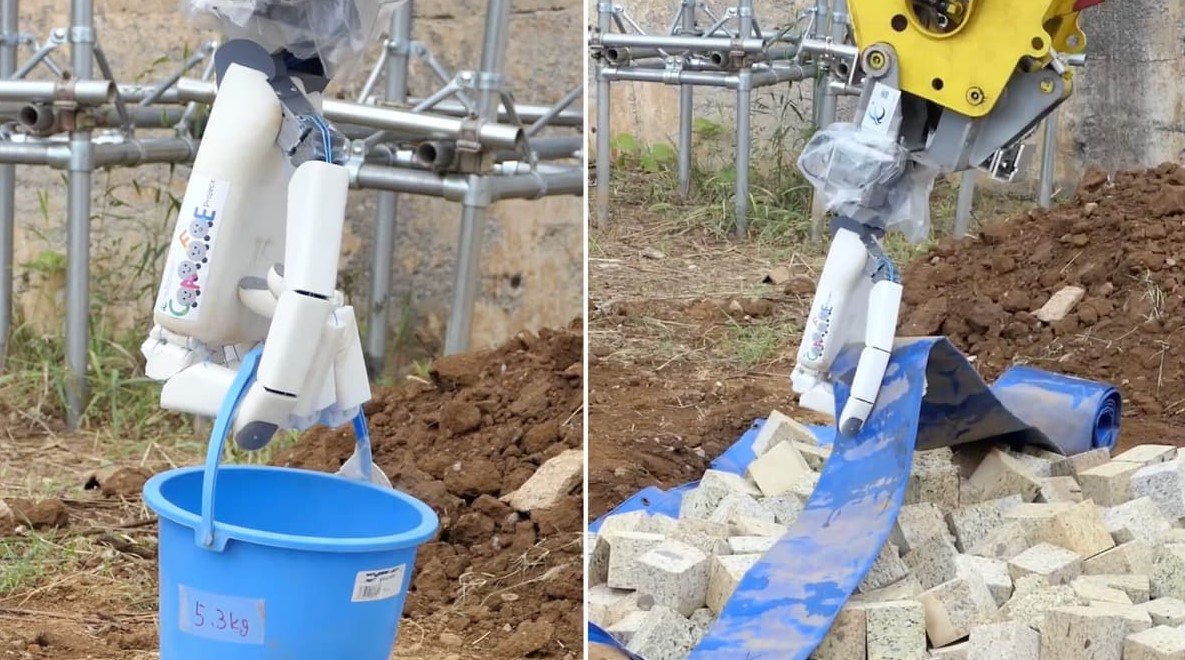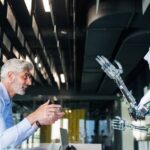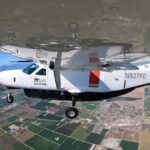 A five-year collaboration among researchers in Japan and Switzerland has produced an advanced robotic hand tailored for disaster clean-up. Backed by Japan’s Cabinet Office and the Japan Science and Technology Agency, this development under the Collaborative AI Field Robot Everywhere (CAFE) Project blends robotics with artificial intelligence to offer a safer alternative in hazardous conditions.
A five-year collaboration among researchers in Japan and Switzerland has produced an advanced robotic hand tailored for disaster clean-up. Backed by Japan’s Cabinet Office and the Japan Science and Technology Agency, this development under the Collaborative AI Field Robot Everywhere (CAFE) Project blends robotics with artificial intelligence to offer a safer alternative in hazardous conditions.
Drawing on soft robotics research from ETH Zurich, the hand features pneumatic actuators that act like air-powered muscles. This design lets it gently handle soft objects like foam blocks while firmly grasping heavier, irregular debris such as jagged metal pieces. With a capacity of up to 3 tonnes, it’s built to perform in unstable, flooded, or eroded environments.
An integral part of the project is the AI-driven excavation system, developed using Sim-to-Real reinforcement learning at the Nara Institute of Science and Technology. The system adapts in real time to changing conditions, adjusting its grip and pressure to safely navigate and clear unstable sites.
The recent demonstration in Tsukuba highlighted the hand’s versatility and precision, operating successfully at Technology Readiness Level 4. The team is on track to reach TRL 5 by November 2025, paving the way for its deployment in real-world, hard-to-reach disaster zones.
If you’ve ever wrestled with the challenges of managing dangerous debris after a disaster, this project offers a reassuring glimpse into how smart technology can make recovery efforts both safer and more efficient.








